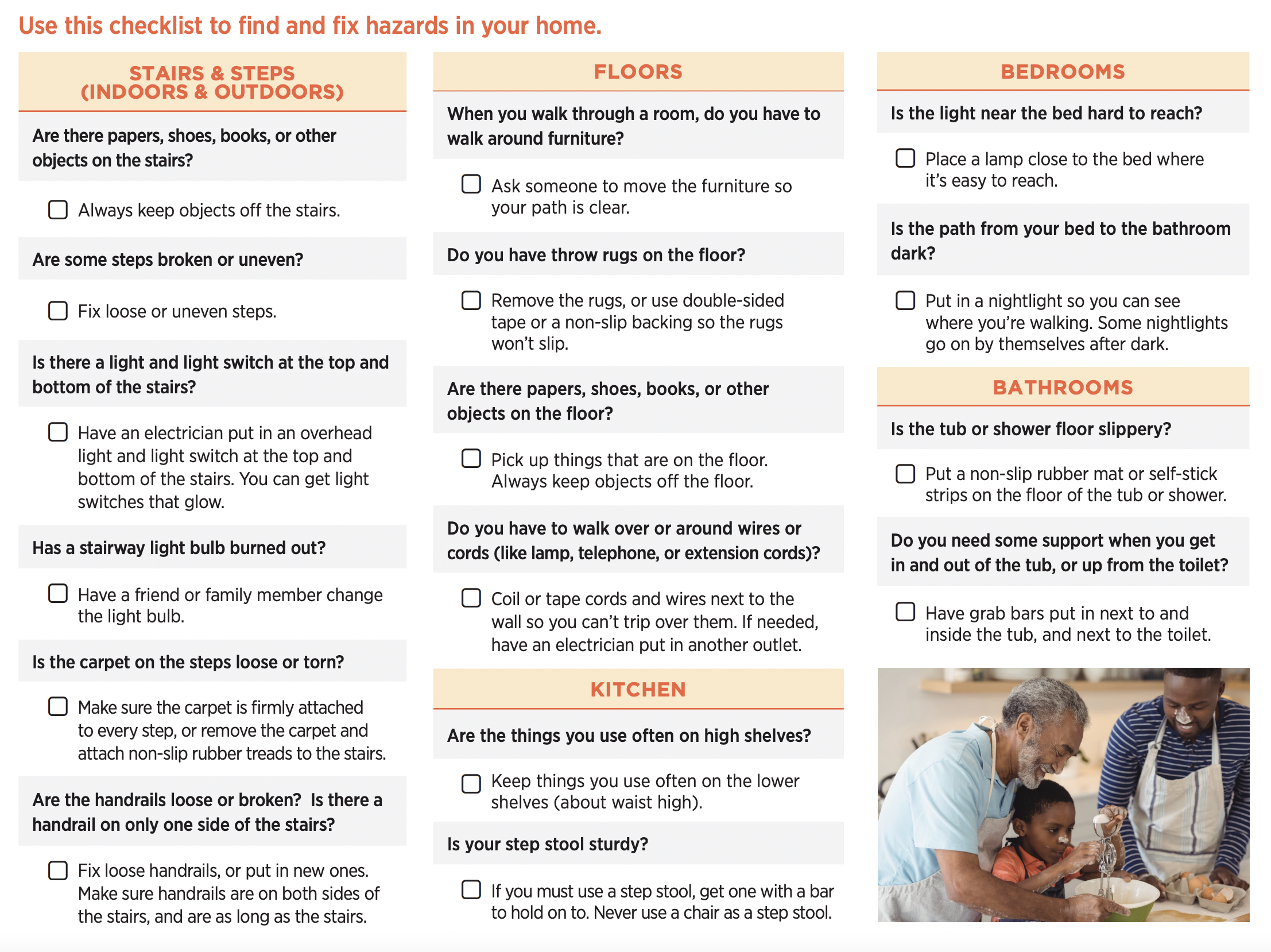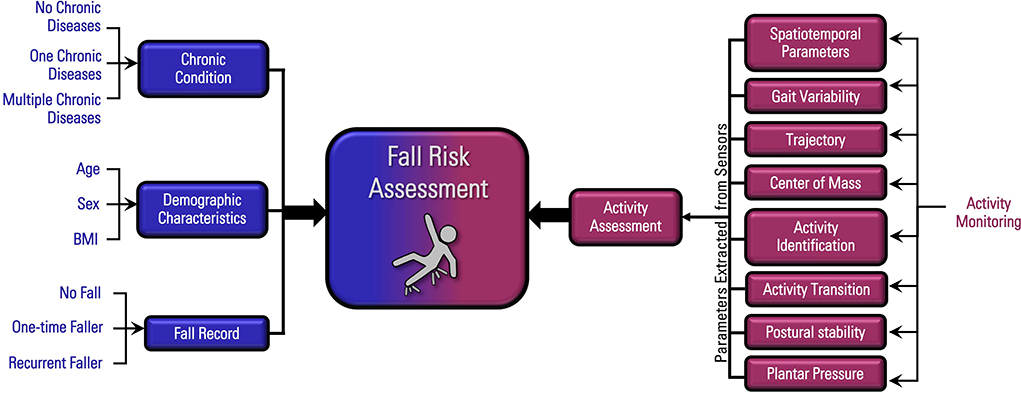Not known Details About Dementia Fall Risk
Not known Details About Dementia Fall Risk
Blog Article
Some Known Factual Statements About Dementia Fall Risk
Table of ContentsDementia Fall Risk Can Be Fun For EveryoneHow Dementia Fall Risk can Save You Time, Stress, and Money.The Single Strategy To Use For Dementia Fall RiskThe 15-Second Trick For Dementia Fall RiskExcitement About Dementia Fall Risk
You could be nervous because you have actually had a fall prior to or due to the fact that you have actually seen you're starting to really feel unsteady on your feet. You could have observed changes to your health, or simply feel like you're decreasing a little. Whatever the reason, it isn't uncommon to become mindful and lose self-confidence, and this can stop you doing things you used to do and make you really feel more isolated.If you have actually had a fall or you've begun to really feel unstable, tell your medical professional also if you feel great otherwise. Your physician can examine your balance and the means you stroll to see if renovations can be made. They may have the ability to refer you for a drops risk evaluation or to the drops prevention solution.
This information can be acquired via interviews with the individual, their caretakers, and a testimonial of their medical records. Begin by asking the specific about their history of falls, including the regularity and circumstances of any kind of recent falls. Dementia Fall Risk. Ask about any type of mobility problems they may experience, such as unstable or problem strolling
Conduct a complete evaluation of the individual's medications, paying specific interest to those recognized to raise the risk of falls, such as sedatives or medicines that lower blood pressure. Establish if they are taking numerous medications or if there have been recent changes in their medication routine. Evaluate the individual's home environment for potential risks that might increase the risk of falls, such as inadequate lights, loosened carpets, or absence of grab bars in the restroom.
Little Known Facts About Dementia Fall Risk.
Guide the person through the loss danger analysis form, explaining each concern and recording their actions accurately. Determine the overall threat score based on the responses supplied in the evaluation kind.
This plan might consist of exercise programs to boost strength and balance, medication changes, home alterations, and recommendations to other experts as required. Regularly keep an eye on the person's progression and reassess their risk of drops as required. Modify the care strategy based upon adjustments in their wellness status or home setting. Provide continuous education and learning and assistance to advertise safety and decrease the threat of drops in their daily living activities.
Numerous research studies have shown that physical therapy can aid to lower the threat of dropping in grownups ages read this post here 65 and older. In a new study (that took a look at falls danger in ladies ages 80 and older), researchers calculated the economic influence of picking physical treatment to stop drops, and they located that doing so conserves $2,144, including all the concealed expenses of your time, pain, missed life occasions, and the bucks paid for solutions.
Dementia Fall Risk - Truths
Checking your heart price and blood pressure measurements at remainder and while you alter positions (from resting or existing to click now standing). A straightforward test of your reasoning (cognitive) capabilities. Assessing your equilibrium, strength, and walking capacity. An easy vision examination. Evaluating your feet and shoes. A home security analysis. Based on the analysis results, your physical therapist will certainly design a plan that is customized to your particular demands.
Older adults his explanation that have difficulty strolling and speaking at the exact same time go to a higher danger of falling. Dementia Fall Risk. To assist boost your safety during everyday tasks, your physiotherapist might design a training program that will challenge you to preserve standing and strolling while you do an additional task. Instances include walking or standing while counting backwards, having a discussion, or lugging a bag of grocery stores
Set goals for increasing their physical activity. Exercise more to increase their strength and equilibrium. These programs often are led by volunteer trainers.
Some Known Facts About Dementia Fall Risk.

Measles, or rubeola, is a very transmittable, intense viral transmittable condition triggered by the measles virus. Some people think of measles as simply a breakout and fever that improves in a few days; however, measles can cause significant wellness issues, particularly in children more youthful than 5-years-old. The very best protection against measles is the measles, mumps, and rubella (MMR) vaccine.
Autumns are an usual cause of injury among older adults.
A Biased View of Dementia Fall Risk

She has no background of drops, her stride is steady, and she voids with no problems. The previous nurse states that she calls for help to the restroom when she requires to go.
Instances of typical fall interventions/measures include: Ensuring a person's necessary things are within reach. Past comprehending exactly how to utilize the Johns Hopkins Autumn Threat Assessment Tool, it's important that centers integrate its usage into a more detailed autumn prevention plan.
Report this page